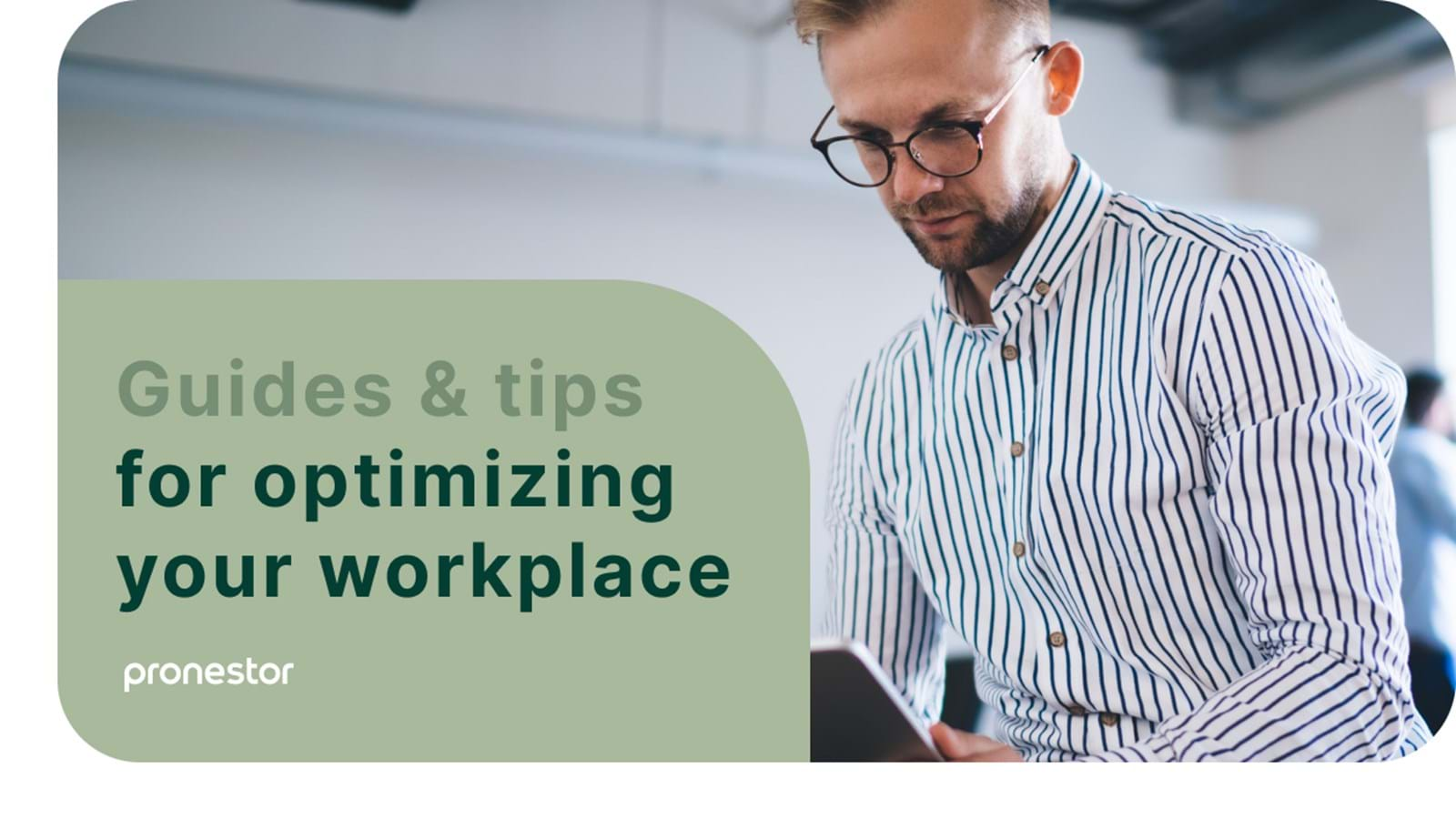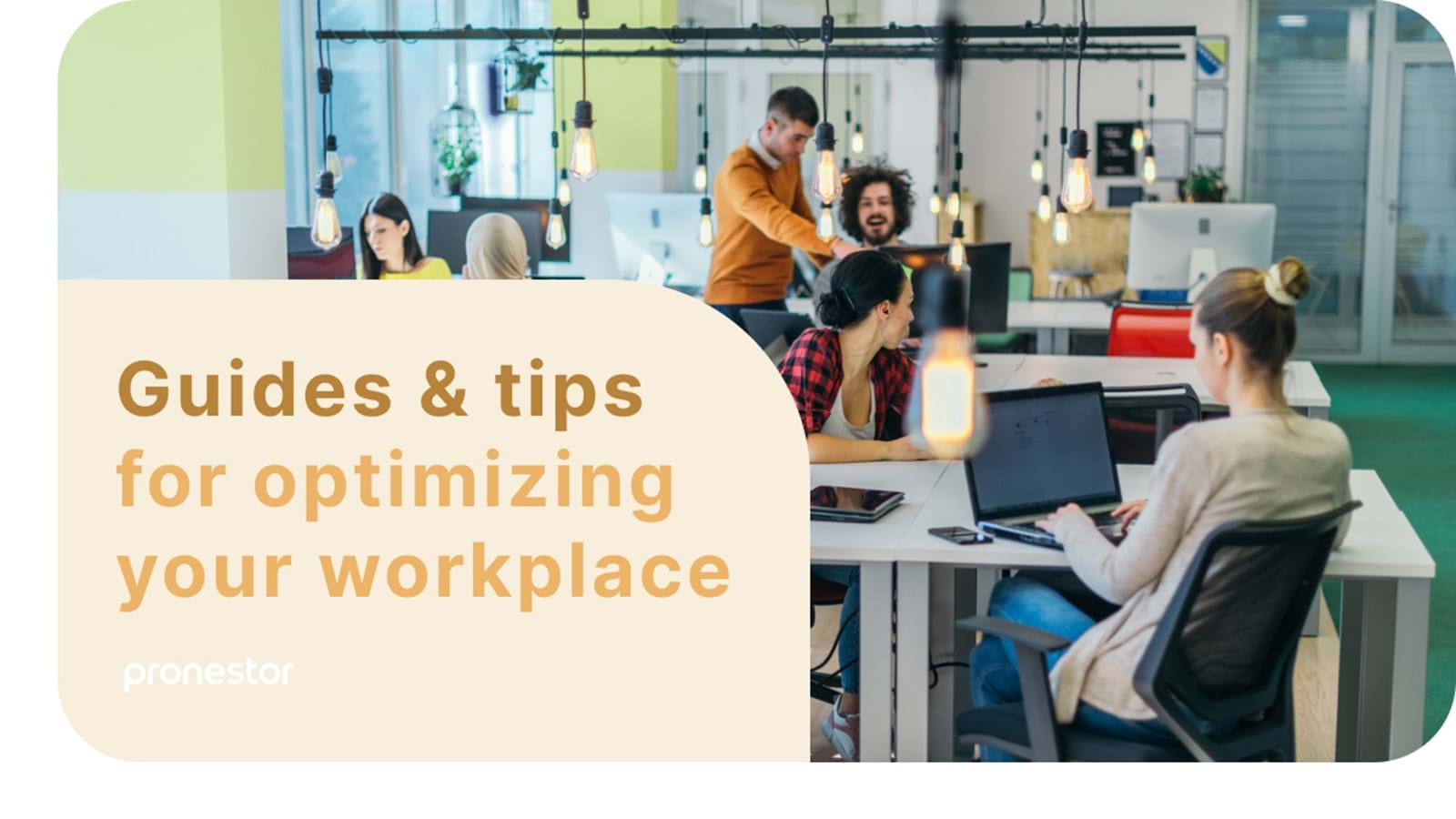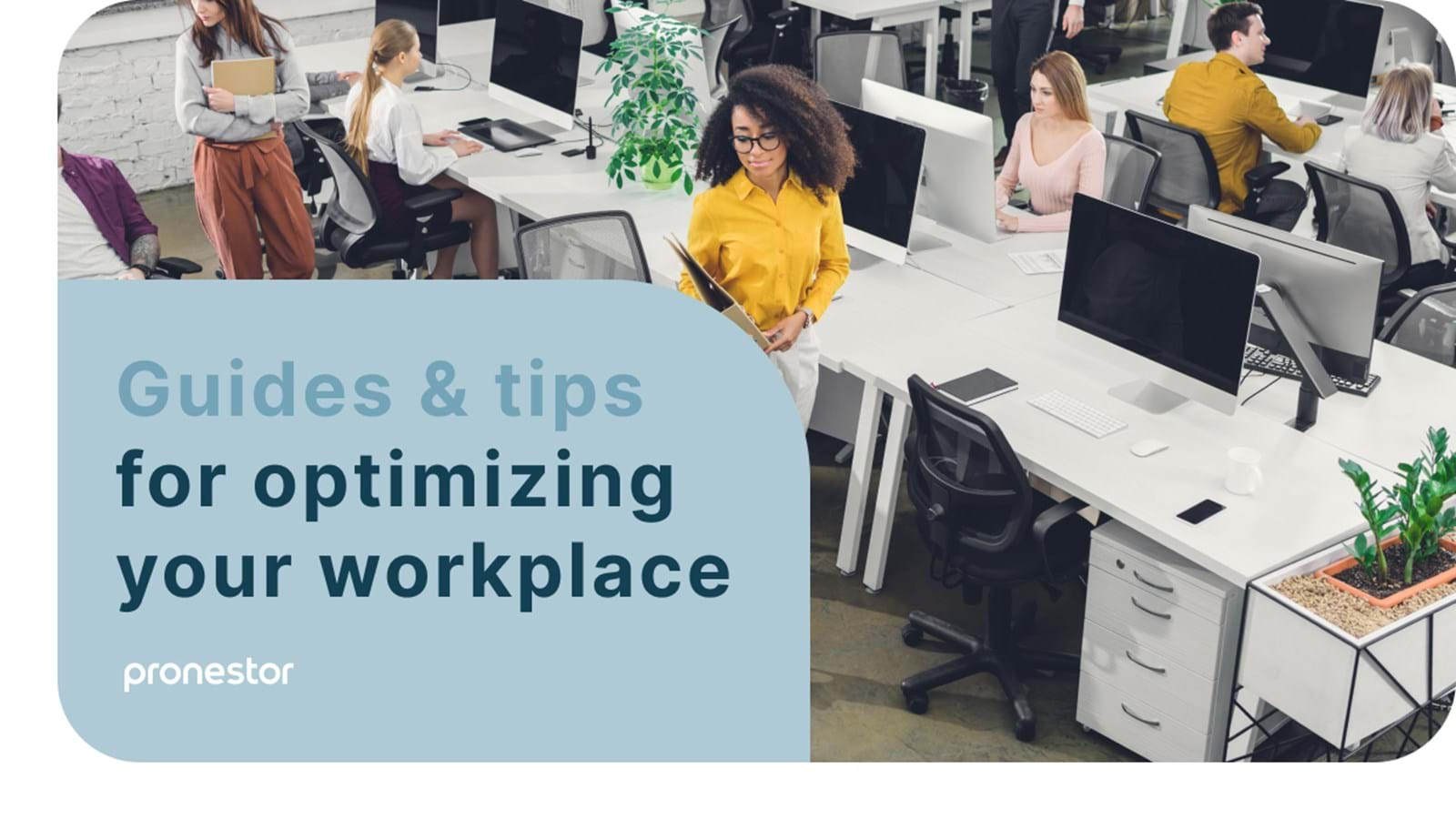February 22, 2022
— Kasper Ullits (CPO/Founder)
What facility managers need to know about the hybrid workplace
There are many benefits of the hybrid work model, but the hybrid work model also poses several challenges – especially for facility managers.

In a global study among 1500 business leaders and 1500 general employees from 10 different countries, it was concluded that most organizations are transforming to a hybrid work model as a long-term approach, not just as a response to lockdowns and social distancing policies. *
Especially for knowledge workers, the hybrid work model offers a lot of benefits, but when it comes to the role of the facility manager, those benefits are accompanied by a number of challenges that needs to be solved, and that’s exactly what we’re going to tackle in this article.
Transforming to a hybrid office requires collaboration
While facility management will often be at the forefront of the transformation making a hybrid office operate smoothly requires input from both FM, HR, and IT.
This is especially true when it comes to selecting software that will support the transformation such as desk booking tools, scheduling solution and so on.
How you choose to align efforts between departments is up to you, but no matter how you handle it, making sure that you can assist each other in the transformation to a hybrid office is key.
Hybrid work issues for the facility manager
If you work within the field of facility management, there are three primary areas you need to consider when it comes to the hybrid work model:
- Space management
- Utility consumption
- Security
Each area presents different challenges, but the benefits the hybrid work model provides to each area, if the challenges are solved properly, more than make up for the work needed to overcome them.

Hybrid work and space management
This is likely to be the most highlighted benefit of the hybrid work model. If fewer people come to the office, there’s bound to be fewer people in the building, and fewer people in the building means fewer expenses related to running the office, especially if you reduce the size of the office as a result of going hybrid.
But as the facility manager, you are most likely going to be the one who needs to make sure those expenses go down.
What you are expected to help with (even if no one has said it out loud) is to make sure the size of the facility matches the number of employees using it, which is no longer the total number of employees.
If the number of workstations, meeting rooms and activity-based work areas is too low, it can result in a reduced productivity. So, you need to find a way to make sure that you are able to redesign the office for hybrid and reduce the size without it impacting productivity and office experience.
Continuously monitoring room and desk usage allows you to find that perfect match between number of rooms and workstations and the number of daily users.
Hybrid work and utilities
Just because fewer people are in the office, you can’t really guarantee that they will all be in the same room, on the same floor, or even in the same building. But you still need a way to adapt your utility consumption to the hybrid work format.
Because of that, looking into smart solutions may be a way to make utility usage reflect occupancy.
For instance, it’s been customary to use motion sensors in communal and non-work areas such as restrooms, staircases, and corridors, but you can apply the same idea to meeting rooms or even work-zones in a hotdesking environment, as this will allow you to mirror occupancy in your energy usage to a much greater degree.
Hybrid work and security
When you transform to a hybrid workplace, there are two different types of security that needs to be factored in. While the realm of data security isn’t usually handled by facility management it still needs to be considered when purchasing equipment and investing in things like desk booking tools and meeting room display screens, as they can pose a potential security issue – both digitally and otherwise.
After transforming to a hybrid workplace knowing who is going to be in the office at what time, is going to be a different challenge.
While access control has been customary for larger companies, companies of a smaller size than usual may need to consider access control as well, seeing as the flow of visitors and employees will change from day to day. In the survey carried out by Entrust, 96% of the business leaders said that it is important for a company to have a system in place which logs visitors as they enter and exit the building. *
While both building security and data security is usually handled by other departments, facility management obviously needs to be involved in both the decision making and implementation process.

What is the role of the office in a hybrid workplace?
While the strategic decisions of formulating which role the office should have often fall beyond the scope of the facility management team, the task of making the office a good alternative to working from home does not.
Technology, interior design, social events and leisure areas all help improve the office experience, but when it comes to reflecting the strategic decision of the role of the office in the office space there are two things you need to consider:
- Focused work
- Collaboration

The office still needs peace, quiet and places to focus
When it comes to providing peace and quiet to carry out focused tasks, the office can’t compete with a well-equipped home office. This is also why many organizations experiment with activity-based work and relegate focused work to the home office.
However, Gen-Z and Millennial employees often live in small apartments, and many have children. This means they rely on the office for focused work. Because of that, things such as quiet areas and focus booths can be a good addition to the hybrid office, especially if your organization has many younger employees.

The office needs to support collaboration
When it comes to meetings in the hybrid workplace, there’s a consensus that they should be carried out just like remote meetings. Everyone joins an online meeting separately, some just do so from the office, while others do it from home.
However, with this approach meetings don’t benefit from the hybrid work model, but it doesn’t take more than wide-angle webcams, lighting and proper microphones in the meeting rooms, to make them support hybrid meetings.
Facility management and the home office
When implementing a hybrid work format, the employees’ home offices become part of the office experience, and with that an extension of the organization’s offices.
While this doesn’t necessarily mean you as the facility manager needs to change any procedures, it still poses an interesting question: Does the management of the home office fall under the responsibilities of the organization and to what extent?
This does not solely impact facility management teams, but facility management is probably the area that is affected most by whatever answer your organization finds to this question.
In the beginning of the pandemic many employees were told to bring key elements of their workstations home with them, and some organizations have taken to equipping new hires with essentials for their home offices, but where’s the line?
Internet? Keyboards, docks and monitors? Webcams and headsets? Standing desks and office chairs?
While you may find equipping home offices with proper desks, lighting and monitors to be out of budget for your organization, there’s still other questions related to facilitating home offices which needs to be answered.
In the survey carried out by Entrust, 54% of the workers who participated, reported productivity loses due to things such as network access issues, while approximately 20% of business leaders cited at home internet security and potential leakage of company data as their top security challenges. *
While these questions may not be your core responsibility, there’s still plenty of reason why facility management needs to be part of this discussion.
References
https://www.entrust.com/lp/en/securing-the-new-hybrid-workplace


